The story of Chang'e, the Chinese goddess of the moon, is one of the most enduring and beloved myths in Chinese culture. Rooted in ancient folklore, the tale has been passed down through generations, evolving over time but always retaining its core themes of love, sacrifice, and the eternal longing for something just out of reach. As China's space program advances, the legend of Chang'e has taken on new significance, becoming a symbol of the nation's ambitions in space exploration.
According to the most popular version of the myth, Chang'e was the wife of Hou Yi, a legendary archer who saved the earth by shooting down nine of the ten suns that were scorching the planet. As a reward for his heroism, Hou Yi was given the elixir of immortality by the gods. However, instead of consuming it himself, he entrusted it to his beloved wife for safekeeping. When a jealous apprentice tried to steal the elixir, Chang'e was forced to drink it herself, causing her to float up to the moon, where she has lived in solitude ever since.
The imagery of Chang'e on the moon has inspired countless poets, artists, and storytellers throughout Chinese history. Her story is often told during the Mid-Autumn Festival, when families gather to admire the full moon and eat mooncakes, which are said to represent the moon itself. The festival is a time of reunion and reflection, and Chang'e's tale serves as a poignant reminder of the bittersweet nature of love and separation.
In recent decades, China's space program has drawn inspiration from this ancient myth, naming its lunar exploration missions after the moon goddess. The Chang'e program, which began in 2007, has achieved remarkable milestones, including the first soft landing on the far side of the moon in 2019. These missions have not only advanced scientific knowledge but also rekindled interest in the cultural significance of the moon in Chinese tradition.
The connection between the ancient myth and modern space exploration is more than just symbolic. It reflects a deep cultural continuity, a bridge between China's rich past and its ambitious future. The moon has always held a special place in the Chinese imagination, and the Chang'e missions have brought that celestial body closer than ever before. For many Chinese people, the success of these missions is a source of national pride and a fulfillment of a centuries-old fascination with the moon.
Beyond its scientific achievements, the Chang'e program has also sparked a renewed interest in traditional Chinese culture among younger generations. Schools and cultural institutions have incorporated the story of Chang'e into their curricula, using it as a way to teach both science and humanities. This blending of ancient myth and modern technology has created a unique cultural moment, one that resonates deeply with the Chinese public.
The international community has also taken notice of China's lunar ambitions. While space exploration is often framed in terms of competition, the Chang'e missions have been portrayed as a peaceful endeavor, consistent with the myth's themes of beauty and harmony. China has emphasized cooperation in its space program, inviting international partners to participate in future missions and share in the scientific discoveries.
Looking ahead, the Chang'e program is set to continue its exploration of the moon, with plans for sample return missions and even the establishment of a lunar research station. These ambitious goals are a testament to how far China has come in its space capabilities, but they are also a reminder of the enduring power of the Chang'e myth. As the program progresses, it will undoubtedly continue to draw on this rich cultural heritage for inspiration and meaning.
In many ways, the story of Chang'e and the moon is a story about humanity itself—our dreams, our struggles, and our unending quest to reach beyond our limitations. Whether through ancient myths or cutting-edge technology, the desire to explore and understand the unknown is a fundamental part of what makes us human. China's Chang'e program is a modern manifestation of this timeless impulse, one that honors the past while boldly stepping into the future.
As the moon continues to shine in the night sky, it serves as a reminder of both the distance we have traveled and the journeys that still lie ahead. The tale of Chang'e, once a story of loss and longing, has become a narrative of hope and achievement. In the intersection of myth and science, China has found a powerful way to connect its cultural identity with its aspirations in space, creating a story that is uniquely its own yet universally resonant.
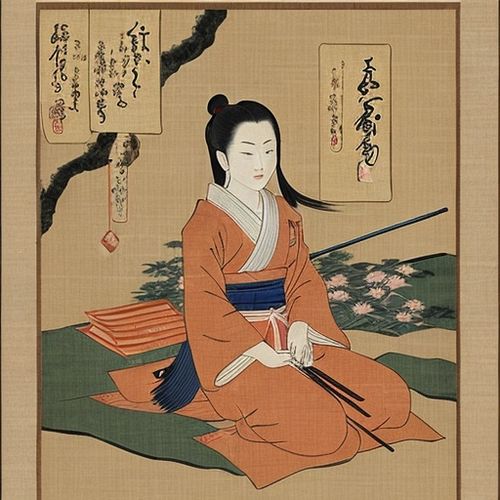
By Thomas Roberts/Apr 28, 2025
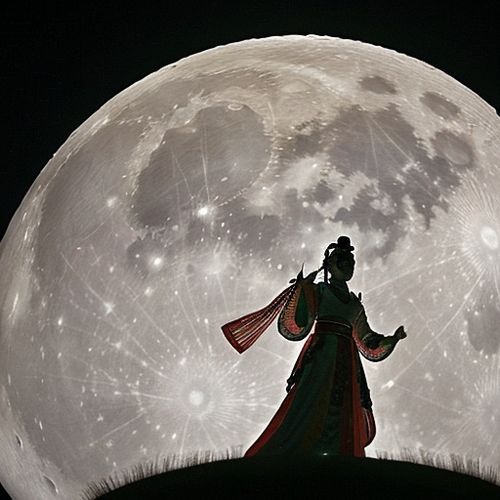
By Samuel Cooper/Apr 28, 2025
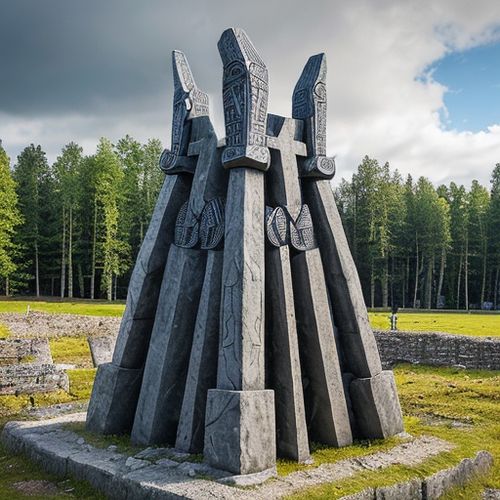
By Michael Brown/Apr 28, 2025

By Emily Johnson/Apr 28, 2025

By Daniel Scott/Apr 28, 2025

By George Bailey/Apr 28, 2025
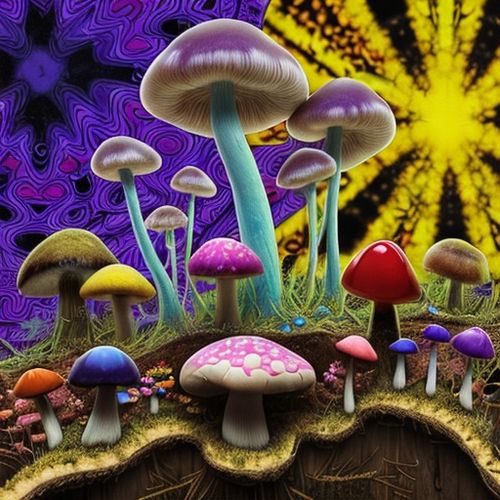
By Victoria Gonzalez/Apr 28, 2025
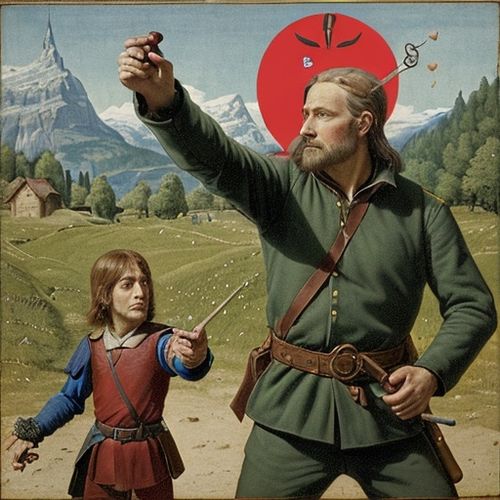
By David Anderson/Apr 28, 2025
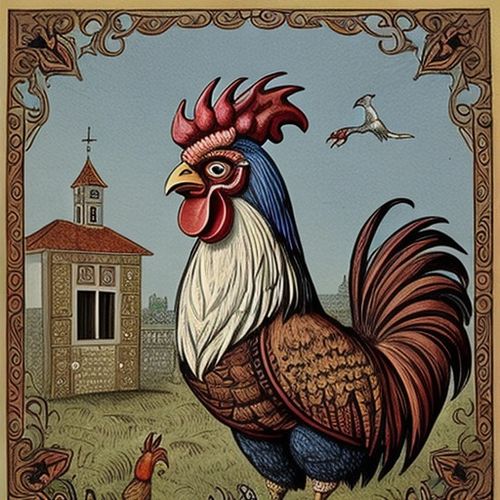
By Lily Simpson/Apr 28, 2025

By Laura Wilson/Apr 28, 2025

By Benjamin Evans/Apr 28, 2025
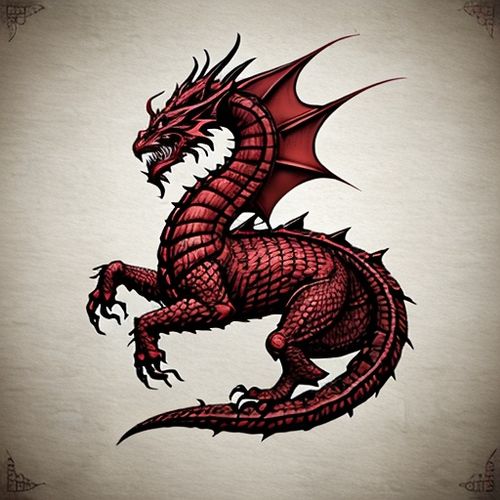
By Grace Cox/Apr 28, 2025
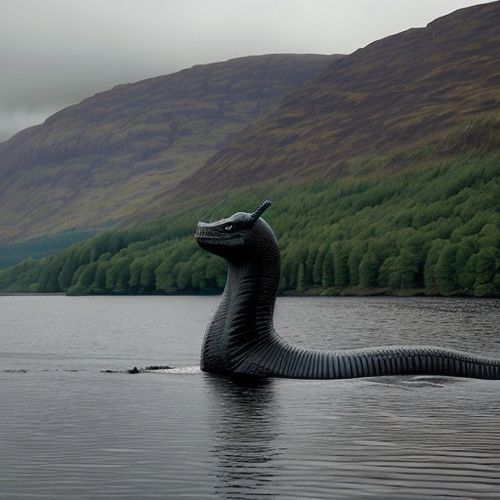
By Ryan Martin/Apr 28, 2025

By Daniel Scott/Apr 28, 2025
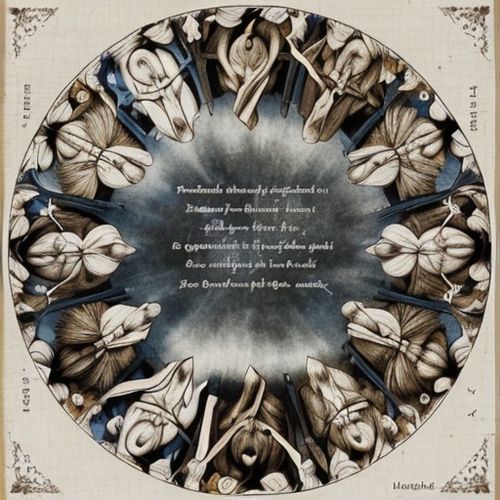
By Elizabeth Taylor/Apr 28, 2025
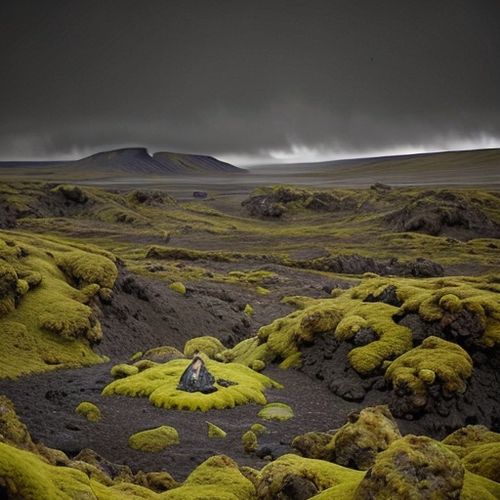
By Joshua Howard/Apr 28, 2025

By Emily Johnson/Apr 28, 2025